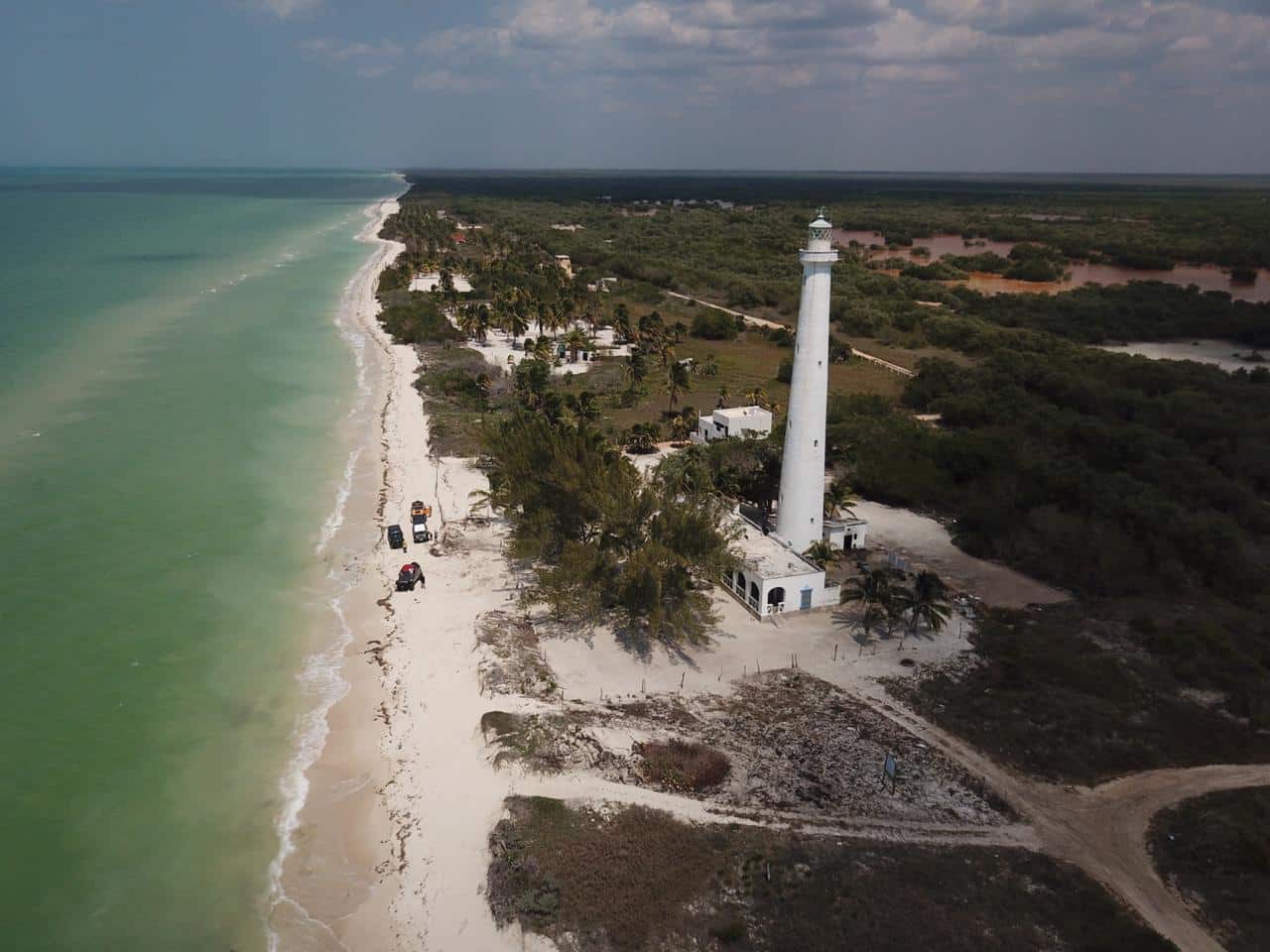El Palmar Beach is Yucatán’s bird paradise

El Palmar Beach is a protected area where migratory waterfowl, such as the Canadian duck, winter and breed. It is one of the most important ecological reserves in the state. This, because of its abundant flora and varied fauna and is ideal for ecotourism enthusiasts.
What to expect
Arriving at this paradisiacal beach is the emblematic lighthouse of the place. Its 100 ft crown it as the tallest lighthouse in Yucatan. Depending on the lighthouse keeper, you can climb to the top to admire the panoramic view of the beautiful sea, the vegetation and the surrounding lagoons.
The area occupied by the El Palmar Ecological Conservation sits at one end of the “ring of cenotes”, a unique hydrological system in the country and the world. It is a ring-shaped alignment of water table outcrops.
A beautiful reserve
The site is located in an area defined as a priority zone for the presence of Petén vegetation, considered unique at the national level. The area has a great variety of environments and ecosystems, as a result of the seasonality and levels of flooding that result in different habitats and ecological niches for wildlife.
The El Palmar reserve, along with the Petenes and Celestún biosphere reserves, make up the best-preserved Petenes zone in the entire Yucatán Peninsula, which is also considered one of the most important biological corridors of wetlands in southeastern Mexico.
Despite being a semi-pristine beach, the area has services of cabins and restaurants. Here you can go on boat rides, bird watching, night walks and enjoy its exotic gastronomy.
El Palmar Beach: how to get there
El Palmar is located 80 km from Merida, passing through Sisal. Sisal is located in western Yucatan, 53 km from the city of Merida.
To get there we recommend taking federal highway No. 281 from Merida directly to Sisal. From here, a few kilometers away you will find the access to Chelem, which is only 9 km from Puerto Progreso.
